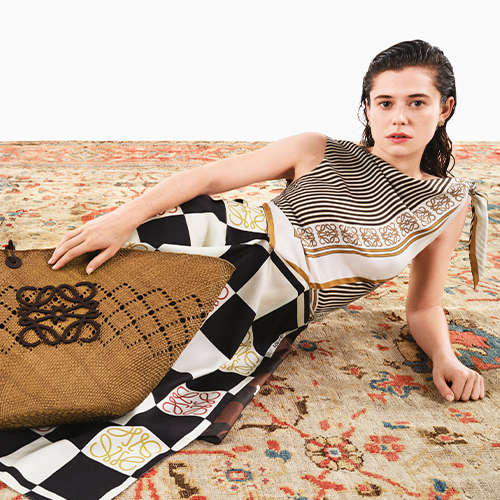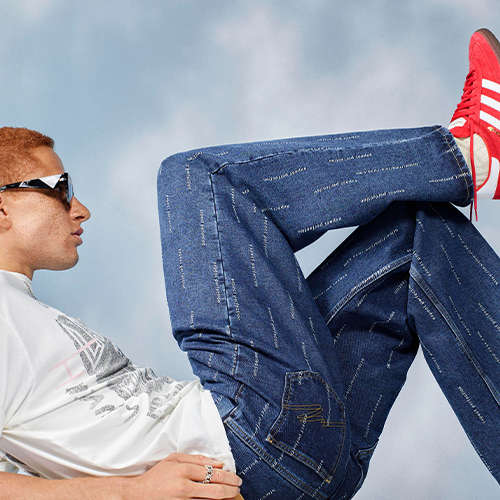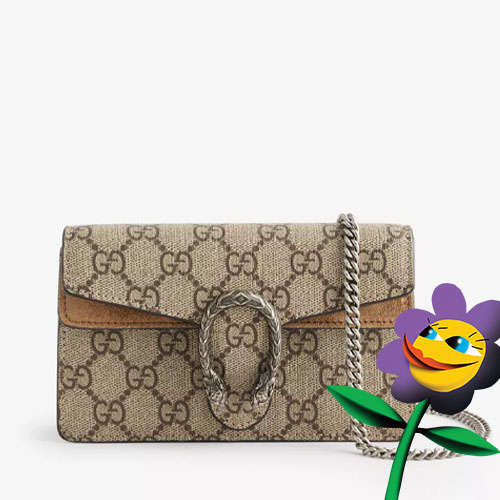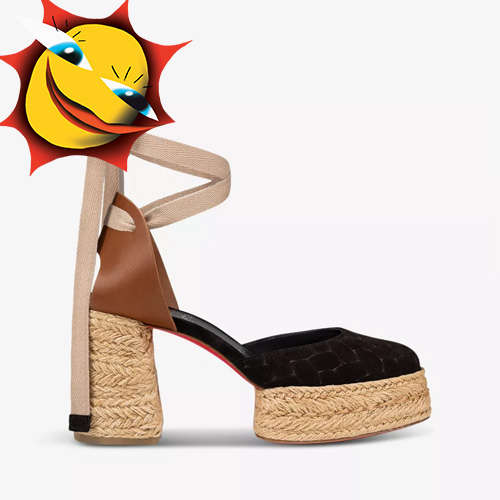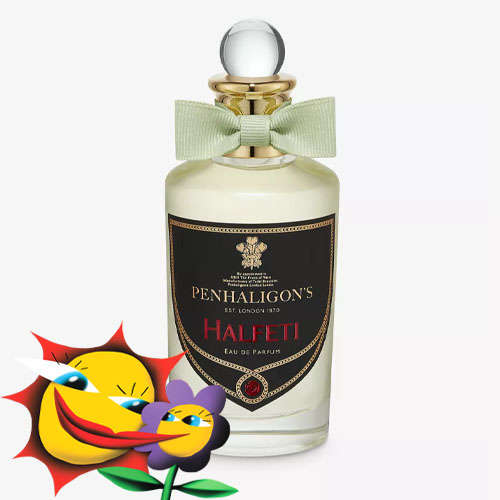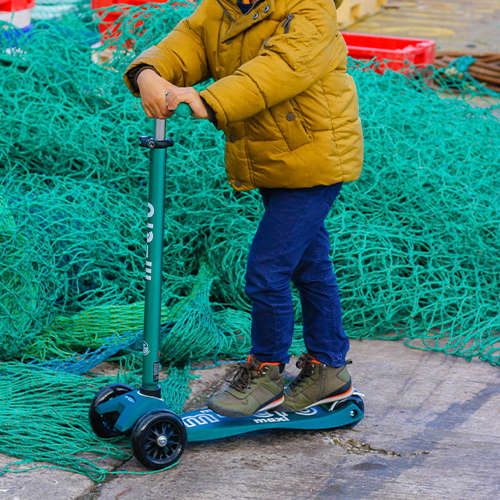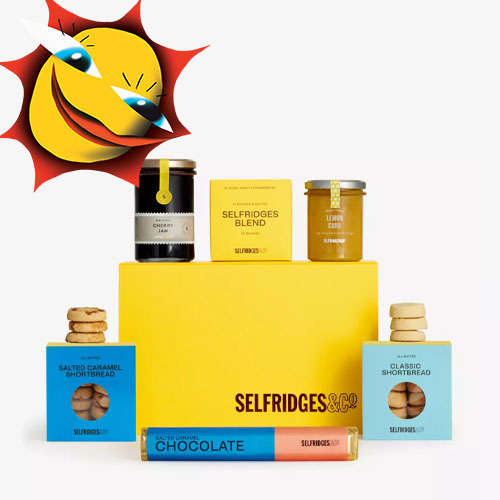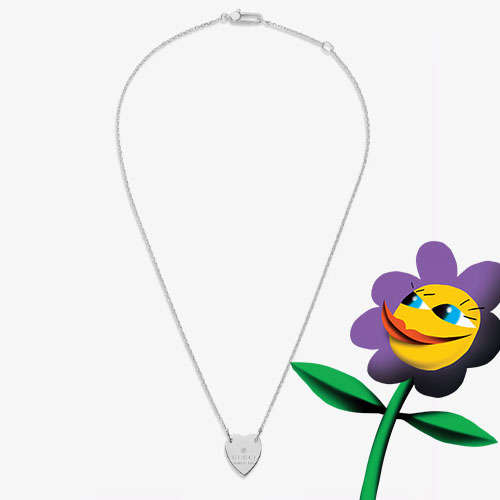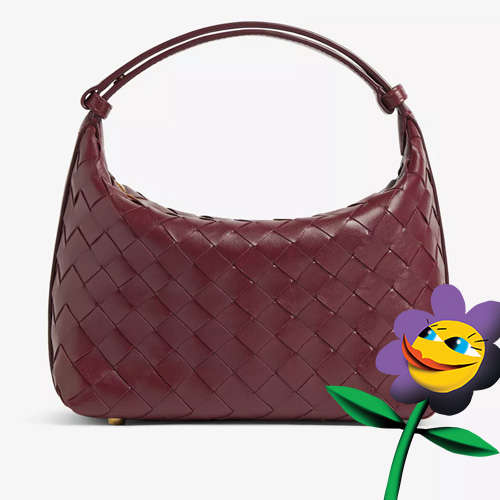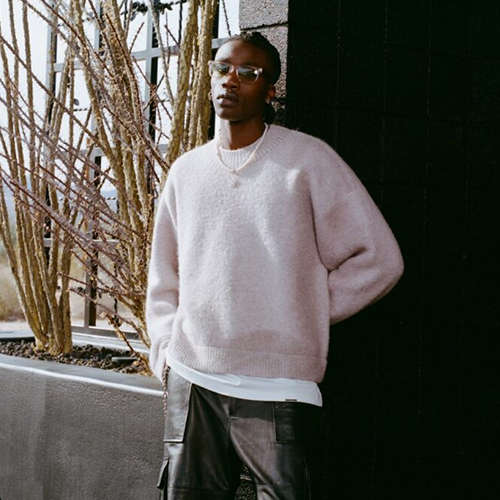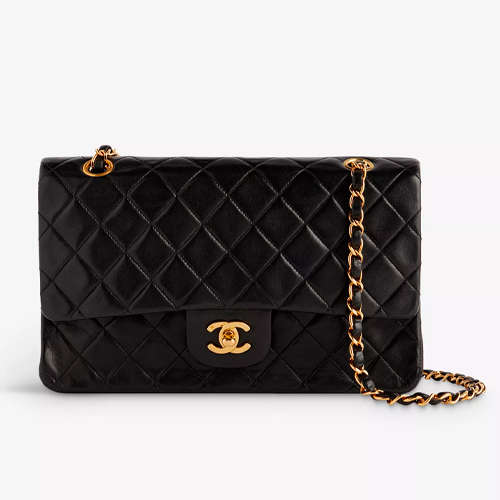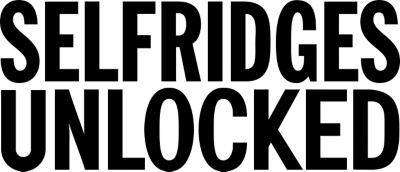- Australia / AUD $
- Canada / CAD $
- China / CNY ¥
- France / EUR €
- Germany / EUR €
- Hong Kong SAR China / HKD $
- Ireland / EUR €
- Italy / EUR €
- Japan / YEN ¥
- Kuwait / USD $
- Macao SAR China / HKD $
- Netherlands / EUR €
- Qatar / USD $
- Saudi Arabia / USD $
- Singapore / SGD $
- South Korea / KRW ₩
- Spain / EUR €
- Taiwan / TWD $
- United Arab Emirates / USD $
- United Kingdom / GBP £
- United States / USD $
- Not yours? Read more
Tell us what you think
Shop in your local currency and language
You are currently in United States US / USD $ store
- English
- English
- English
- English
- English
- English
- English
- English
- English
- English
- English
- English
- English
- English
- English
- English
- English
- English
- English
- English
- English
Did you know that we deliver to 130 countries or regions and offer a range of delivery options to suit you wherever you are in the world? Find out more
Sign up once to our Selfridges+ service and you can enjoy unlimited deliveries wherever you are in the world. FIND OUT MORE
International delivery
With almost everything on selfridges.com available for International Delivery, you can send your order to 130 countries or regions around the world, including North America, Australia, the Middle East and China.
Although we only offer 20 currencies to browse in online, you can still deliver to all of the following countries or regions:
- Algeria
- Andorra
- Antigua and Barbuda
- Aruba
- Australia
- Austria
- Azerbaijan
- Bahrain
- Bangladesh
- Barbados
- Belarus
- Belgium
- Belize
- Bermuda
- Bolivia
- Botswana
- Brunei
- Bulgaria
- Cambodia
- Canada
- Cayman Islands
- Chile
- China
- Colombia
- Costa Rica
- Croatia
- Cyprus
- Czech Republic
- Denmark
- Dominica
- Dominican Republic
- Ecuador
- Egypt
- El Salvador
- Estonia
- Finland
- France
- French Guiana
- Germany
- Gibraltar
- Greece
- Grenada
- Guadeloupe
- Guatemala
- Guernsey
- Guyana
- Honduras
- Hong Kong
- Hungary
- Iceland
- India
- Indonesia
- Ireland
- Israel
- Italy
- Jamaica
- Japan
- Jersey
- Jordan
- Kazakhstan
- Kenya
- Kuwait
- Laos
- Latvia
- Lebanon
- Lesotho
- Liechtenstein
- Lithuania
- Luxembourg
- Macau
- Malaysia
- Maldives
- Malta
- Martinique
- Mayotte
- Mexico
- Monaco
- Montserrat
- Morocco
- Myanmar
- Namibia
- Netherlands
- New Zealand
- Nicaragua
- Nigeria
- Norway
- Oman
- Pakistan
- Panama
- Paraguay
- Peru
- Philippines
- Poland
- Portugal
- Puerto Rico
- Qatar
- Reunion
- Romania
- Rwanda
- Saint Kitts and Nevis
- Saint Lucia
- Saint Martin (French part)
- San Marino
- Saudi Arabia
- Serbia
- Singapore
- Slovakia
- Slovenia
- South Africa
- South Korea
- Spain
- Sri Lanka
- Suriname
- Swaziland
- Sweden
- Switzerland
- Taiwan
- Tanzania
- Thailand
- Trinidad and Tobago
- Turkey
- Uganda
- Ukraine
- United Arab Emirates
- United Kingdom
- United States
- Uruguay
- Venezuela
- Vietnam

Artist-in-residence: Hamed Maiye
From early doodles of cartoons to the influence of Afrosurrealism, our new artist-in-residence discusses his inspiration and his place in the art world as he joins Picton Studios, the home of our artist-in-residency programme.
Words: Chekii Harling
Selfridges has an artist's studio?
Nestled on the cobbled streets of Central London, there’s a little place we call Picton Studios – an arm’s length away from our iconic Selfridges Oxford Street, London store – where we house the Selfridges artist-in-residency programme. Making it in London as a full-time artist with a vision is easier said than it is done – which is why Selfridges has decided to support a new wave of artistic talent by providing a studio on Picton Place for the sole use of exciting artists whose work we believe in.

Top: Hamed alongside his works 'A Call Back Home' (2020) and 'Master of The Sun; Master of Thyself’ (2020). Directly above: Hamed alongside his paintings – photographed by Bernice Mulenga

Untitled (2017). Oil, oil bar, gesso and crayon on denim canvas
Introducing Hamed Maiye, our current artist-in-residence
Hamed Maiye is an interdisciplinary artist based in London. Growing up in south-west London, Maiye first found artistic inspiration through an unusual medium: “I would often find myself doing doodles of the cartoons that I enjoyed while growing up,” he says. His passion for artistic practices resurfaced when studying A-level art. “Working with pencils was the first medium I explored – but it can be very technical. I have much more patience for painting; it feels much more organic.”

‘Hamburg Organic Filtration Plant. Hamburg project 3, Wasserkasten’ (2014)
The lasting influence of architecture
Maiye decided to study architecture at university, rather than art, and was influenced by “the starving artist narrative” that surrounded him when growing up. For Maiye, architecture was a compromise between pursuing an artistic discipline and furthering his career prospects. “Architecture has given me a unique skillset,” he says, and the technical skills that still influence how he strategically plans out his paintings.
From the unusual compositions of Maiye’s mixed-media installations to his unique use of perspective in photography, his architectural training has had a lasting effect on both his process and aesthetic as an artist. “After I graduated, I thought ‘Why don’t I pursue art more?’. I was eager to learn about what it means to be an artist; that was a really pivotal moment in my journey.”
History has a very easy way of being erased but it’s crucial to inform us of our current lived experience.
– Hamed Maiye


‘Transmission/Transition’ (2017). Photographed by Nwaka Okparaeke
Discovering surrealism
The idea of worlds that exist outside of our reality is a key inspiration for Maiye’s work, which often features surrealist motifs and nods to mythical creatures. “I’ve been trying to decipher the lines between reality and surrealism, how they inform each other and where I sit between the two worlds. Surrealism as an art form helps me to understand my reality better,” he says.
It wasn’t until Maiye discovered Afrosurrealism that he began to relate to the movement. “Afrosurrealism aims to highlight the lived experience of black people. It was founded in the 1970s but was never formally recognised until the researcher D. Scot Miller wrote the Afrosurreal Manifesto in 2009.” This contextualised the movement, giving weight to the Afrosurreal works that artists and writers had been producing for decades.

‘A Call Back Home’ (2020). Charcoal, chalk and pastel on paper
Crafting an image
Maiye’s work centres around image-making. Whether he’s painting, sculpting, photographing or designing an installation, he first focuses on what he wants the final image to look like, playing around with configurations and compositions.
Recently, he’s been refining his visual language by incorporating historical motifs into his paintings: “I’ve been looking at symbols from black-centred spiritual religions and practices, such as the Five Percent Nation movement, to see how I can incorporate them into my paintings.”
Maiye’s work is a bricolage of past and present black culture references which he reinterprets for the modern eye. His images serve as a reminder that, according to the artist, “we are connected to time, but that time is not linear. History has a very easy way of being erased but it’s crucial to inform us of our current lived experience.”
Founding the Afro-Portaitism movement
In 2017, Maiye coined the term ‘Afro-Portraitism’, a movement that explores the complexities of African diaspora. He describes Afro-Portraitism as “a way to express and reclaim ownership of representation through exploring self-histories and archiving”.
Most recently, Maiye’s work has been featured in Undivided Divinity, a show by the Molasses Gallery – an open-air art initiative that has been transforming spaces next to London Underground stations into artistic showcases by using billboards. The exhibition aims to educate the public and ignite discussions surrounding the role and recognition of black artists in the creative industries. You can see Maiye’s billboard near Finsbury Park Underground station.
My art is political because my identity is political.
– Hamed Maiye

‘The Exhorter’ (2020). Oil, oil bar, pastel and charcoal on black cotton canvas

‘7 Lessons on Divinity’ (self portrait) (2020). Oil, oil bar, pastel and charcoal on black cotton canvas
Art as a political, charitable vessel
“My art is political, because my identity is political – yet I’m really at a crossroads in figuring out whether art can be used as an effective form of political activism,” says Maiye. What has become clear to Maiye over the lockdown period, however, is that artists have been given more power to help communities. “Art is not going to change the world, yet there are people starving who need housing and assistance.” As Maiye notes, creatives have been finding new ways to make their art more politically active. How? Through grass-roots initiatives whereby artists have been donating pieces with the proceeds going directly to charity. “This has cut out the political fluffing and has given capital, relief and resources to those who need it most,” says Maiye, whose work is currently on display at the Guts Gallery in Central London for the Begin Again exhibition. A portion of this show’s sales will be donated to The Free Black University campaign, which is fighting to decolonise the education system.

‘Sublunary (01)’ (2019). Digital cotton print, gold satin, lace and chiffon. Swiss Church, London
What’s next for our artist-in-residence?
For the duration of his residency at Picton Studios – which lasts from 29 July to 29 January 2021 – Maiye will be utilising the space as a site for study and reflection. “I’m going to be spending most of my time thinking, building up ideas for images and painting during my stay.”
Begin Again is on show at Guts Gallery online until 27 August 2020.
Looking for more stuff to make your world brighter?
Scroll for inspiration right here.

